Inflation affects everyone but for businesses, it’s more than just higher prices. It squeezes profit margins, increases operating costs, shifts customer behavior, and complicates long-term planning. In an environment of rising inflation, smart accounting can help you stay financially agile and protect your bottom line.
Here’s how to respond effectively.
1. Reevaluate Your Pricing Strategy
Inflation directly impacts your cost of goods and services.
- Conduct regular cost reviews: Are your materials, shipping, or labor expenses rising? Don’t wait until it hurts.
- Adjust pricing incrementally: Rather than large, sudden increases, smaller, regular adjustments are often easier for customers to digest.
- Communicate clearly: Be transparent with customers when raising prices, link it to value or supply chain shifts.
Accounting tip: Track your gross margin trends monthly. If they’re shrinking, it’s time to adjust.
2. Refine Cash Flow Management
Inflation can disrupt your cash flow if expenses rise faster than revenue.
- Shorten accounts receivable cycles: Incentivize faster payments with discounts.
- Review payment terms with vendors: Negotiate flexibility or better terms where possible.
- Project future cash flows under inflation-adjusted assumptions to avoid shortfalls.
Accounting tip: Create a rolling 13-week cash flow forecast and update it weekly.
3. Optimize Inventory Levels
Inventory costs often rise during inflationary periods but overstocking can tie up capital.
- Conduct ABC analysis to prioritize key items.
- Avoid panic buying: Strategic purchasing beats hoarding.
- Explore just-in-time inventory for fast-moving goods, if your supply chain is stable.
Accounting tip: Monitor your inventory turnover ratio to ensure efficiency and responsiveness.
4. Control Overhead and Non-Essential Spending
Now is the time to trim the fat.
- Audit recurring expenses: Software subscriptions, underused services, or excess office space can be cut or renegotiated.
- Delay non-critical capital investments if the ROI is uncertain in a volatile market.
- Outsource non-core functions like payroll or IT for cost-effective alternatives.
Accounting tip: Create a monthly variance report to compare actual vs. budgeted expenses.
5. Use Inflation-Proof KPIs
Not all metrics are equally helpful in high-inflation periods.
Focus on:
- Real vs. nominal revenue growth
- Adjusted operating margin
- Labor productivity (output per dollar spent)
- Customer lifetime value (CLV) adjusted for rising acquisition costs
Accounting tip: Benchmark your performance against inflation-adjusted industry averages to stay competitive.
6. Evaluate Financing Options Carefully
Inflation typically brings rising interest rates, so debt becomes more expensive.
- Refinance variable-rate loans if possible, or lock in favorable fixed rates.
- Avoid over-leveraging unless cash flow is very stable.
- Consider inflation-indexed instruments like TIPS or lines of credit to stay liquid.
Accounting tip: Monitor your debt service coverage ratio (DSCR) to ensure you maintain healthy leverage.
7. Forecast with Flexibility
Traditional forecasting models may fall short in inflationary environments.
- Use scenario planning: Build best-case, base-case, and worst-case projections.
- Incorporate inflation assumptions directly into your budgeting.
- Adjust regularly: Your 12-month forecast needs monthly refinement during volatility.
Accounting tip: Use rolling forecasts, not just annual budgets, to stay responsive.
Final Thoughts
Inflation isn’t just an economic buzzword, it’s a business reality. The key isn’t just reacting, but strategically adapting through sound financial management and proactive accounting. By monitoring the right metrics, tightening operations, and planning ahead, you can protect your margins and position your business for long-term success.
Need help recalibrating your financials or building more resilient forecasts? The team at ACG Accounting & Advisory specializes in helping businesses navigate change with confidence. Reach out today for expert support tailored to your business goals.


